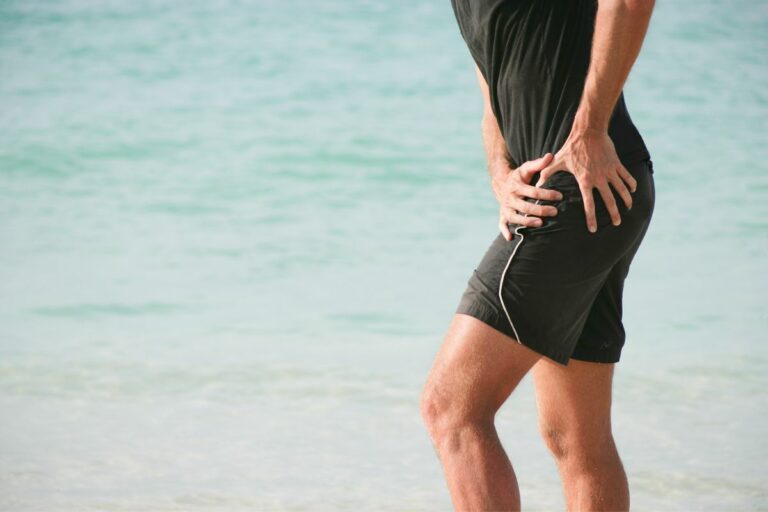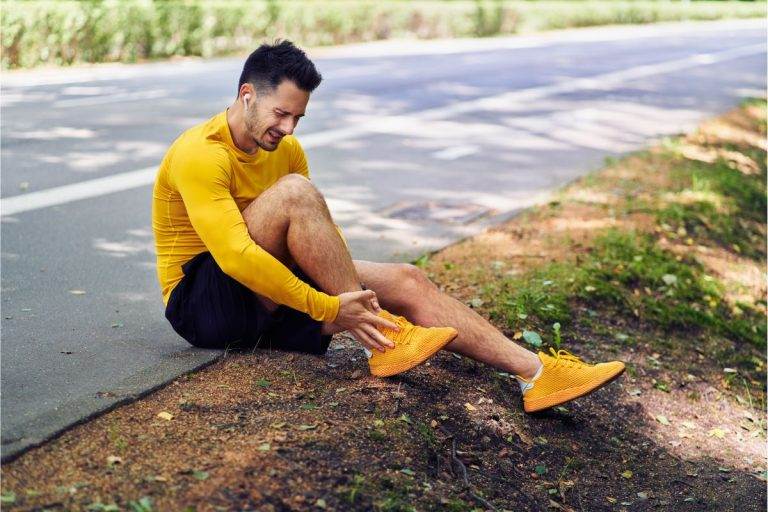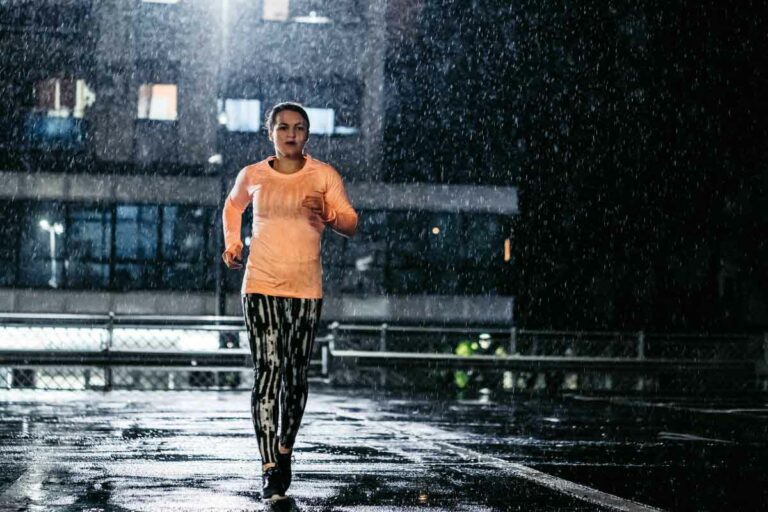Jogger’s Nipple: What It Is, Why It Happens, and How to Fix It for Good

If you’re new to the running game, you may have noticed discomfort across your chest area after getting home after a jog. You may even notice a rash, or, in worse cases, some bleeding.
This form of injury is known as Jogger’s nipple. It happens when your nipples rub against your shirt while working out, creating a friction burn.
In this article, we will take a deeper look into Jogger’s nipple, including what symptoms to look for, what treatments to use to help it heal, and how to prevent it in the first place.
What Is Jogger’s Nipple?
Jogger’s nipple is a common injury among male runners, though it can also happen to female runners. In essence, it occurs when the runner’s nipples experience a mild type of friction burn.
This injury develops when someone jogs, and their clothing rubs against their nipples as a result of the person’s frequent motions.
When the flesh is rubbed against for a while, friction burn develops, leaving the jogger with a painful rash over their nipples.
Due to the fact that many female runners wear sports bras when exercising, this is an injury that affects men more frequently than women.
A sports bra prevents any kind of friction burn on the nipples since it fits securely around the breasts, keeping the nipples covered and protected.
Symptoms Of Jogger’s Nipple
When it comes to Jogger’s nipple, here are some of the main symptoms and signs to look out for:
- Sore nipples
- A rash that has developed around the nipples
- Bleeding nipples
This isn’t a particularly serious condition, so there is no need to panic if you have discovered any of these symptoms on yourself. However, it is best to take care of this injury from the onset to ensure a speedy recovery.
Treatment For Jogger’s Nipple
The best thing to do, upon the discovery of Jogger’s nipple, is to allow the skin to heal.
This means allowing the area to breathe, and not covering it up with any tight materials for a little while.
You may use a bandage to cover the area while it heals, but the best way to promote quick and speedy healing is to allow it to breathe.
If you are experiencing extreme discomfort, use a thin layer of petroleum jelly to cover the area. This will soothe the burning sensation.
It is also recommended that you avoid working out until it has completely healed, as further aggravation to the area could cause further damage.
If you take it easy and let the injury heal naturally without inflicting extra damage, it shouldn’t take very long for it to fully heal.

How To Prevent Jogger’s Nipple
This injury, as we mentioned earlier, seems to be rather common.
In reality, many runners will inevitably get jogger’s nipple at some point, especially during colder and rainier conditions, since wet clothing is more prone to rub against your skin.
Below, we have listed a couple ways that will help you prevent receiving the dreaded Jogger’s nipple.
1. Avoid Running During Cold/Wet Weather
As we just mentioned, cold and wet weather conditions will increase the likelihood of getting Jogger’s nipples.
When your clothes become wet, they stick to your skin, and as you are running, the material will rub against your skin.
While it is possible to gain this injury while running during the warmer, dryer days of the year, it is more likely to get Jogger’s nipple while running in the rain.
2. Wearing A Sports Bra/Vest
Earlier in this article, we also touched upon the fact that male runners are more likely to get Jogger’s nipple than women.
Many women will wear a sports bra while working out, and thanks to the tight material that sports bras are made of, they prevent chafing against the nipples.
There are, in fact, sports bras available for men. There are also tank tops and sports vest that are great for protecting your nipples while working out.
We recommend checking these out, as they will prevent Jogger’s nipples in the long run.
3. Using Band-Aids
An easier way to prevent Jogger’s nipple is to use band-aids to cover your nipples before you head out for a run.
Alternatively, there are types of sports tape that can be used to cover your chest area, which will also protect your nipples from rubbing against your shirt as you move.
Anything that’s sticky and firm will do the job, providing that it has been stuck down properly.
However, if you have particularly hairy nipples, you will want to be wary about what you stick on top of them.
Even though it is a shorter-lasting agony, removing bandages from hairy nipples can oftentimes be just as painful as receiving a Jogger’s nipple.
4. Using Petroleum Jelly
Last but not least, if you are short of supplies, and you’d like to go out running as soon as possible, you could always rummage through your cupboards to find a pot of Vaseline.
Petroleum jelly, when applied thick enough, will protect your nipples from friction for a short amount of time.
It may be enough to keep them safe for a short jog. Be sure to smear a generous amount of Vaseline over each nipple to keep them protected.
Final Thoughts
If you have experienced Jogger’s nipple in the past, or you are experiencing it right now, you will know that it is not a pleasant sensation.
While we would all prefer to avoid it, this is an injury that is, often, unavoidable.
However, if you prepare yourself for your jog by wearing a sports bra, tank top, or a vest, or you use some band-aids or Vaseline, you can protect yourself from that dreaded burning rash.
If you are currently experiencing Jogger’s nipple, remember to keep the area clean, and allow it to breathe until it has healed, avoiding any particularly tight clothing.
We hope you found this article helpful.






